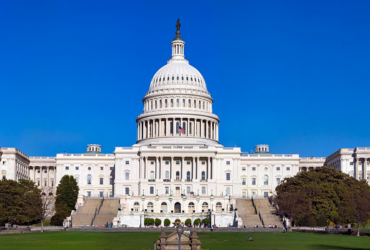1. Big picture: The U.S. economy expanded at a 1.6% annual rate in the first quarter of 2024, a significant slowdown from the 3.4% growth seen in the final quarter of 2023, per the “advance” estimate from the Bureau of Economic Analysis. This growth was notably below the 2.5% economists had forecasted, signaling a deceleration in economic momentum as the year begins.
2. By the numbers:
- GDP growth: Down from 3.4% in Q4 2023 to 1.6% in Q1 2024.
- PCE price index: Rose at a 3.4% annualized rate, marking the highest increase in a year.
- Service prices: Increased by 4.0% year-over-year.
- Goods inflation: Declined by 0.4% year-over-year.
- Core price index: Increased by 3.7% annually, surpassing expectations of a 3.4% rise.
3. Why it matters: The GDP figures reflect a cooling economy, which could impact Federal Reserve policy decisions, particularly around interest rates. The rise in the core price index — a key indicator for the Fed — suggests sustained inflationary pressures, primarily driven by the services sector.
4. Between the lines: The lower-than-expected GDP growth, combined with accelerating inflation, poses a challenge for policymakers. The Fed might need to balance between curbing inflation without hampering growth, especially with service prices pushing the inflation numbers higher.
5. Market reaction: Following the release, the 10-year treasury yield spiked to over 4.7% for the first time since November 2023, reflecting market concerns about ongoing inflation and potential interest rate hikes.
6. What’s next: Economists and investors will be closely watching for the Fed’s response to these dynamics, particularly any signals on future rate adjustments. The next set of economic data will also be crucial in shaping expectations for the remainder of 2024.





